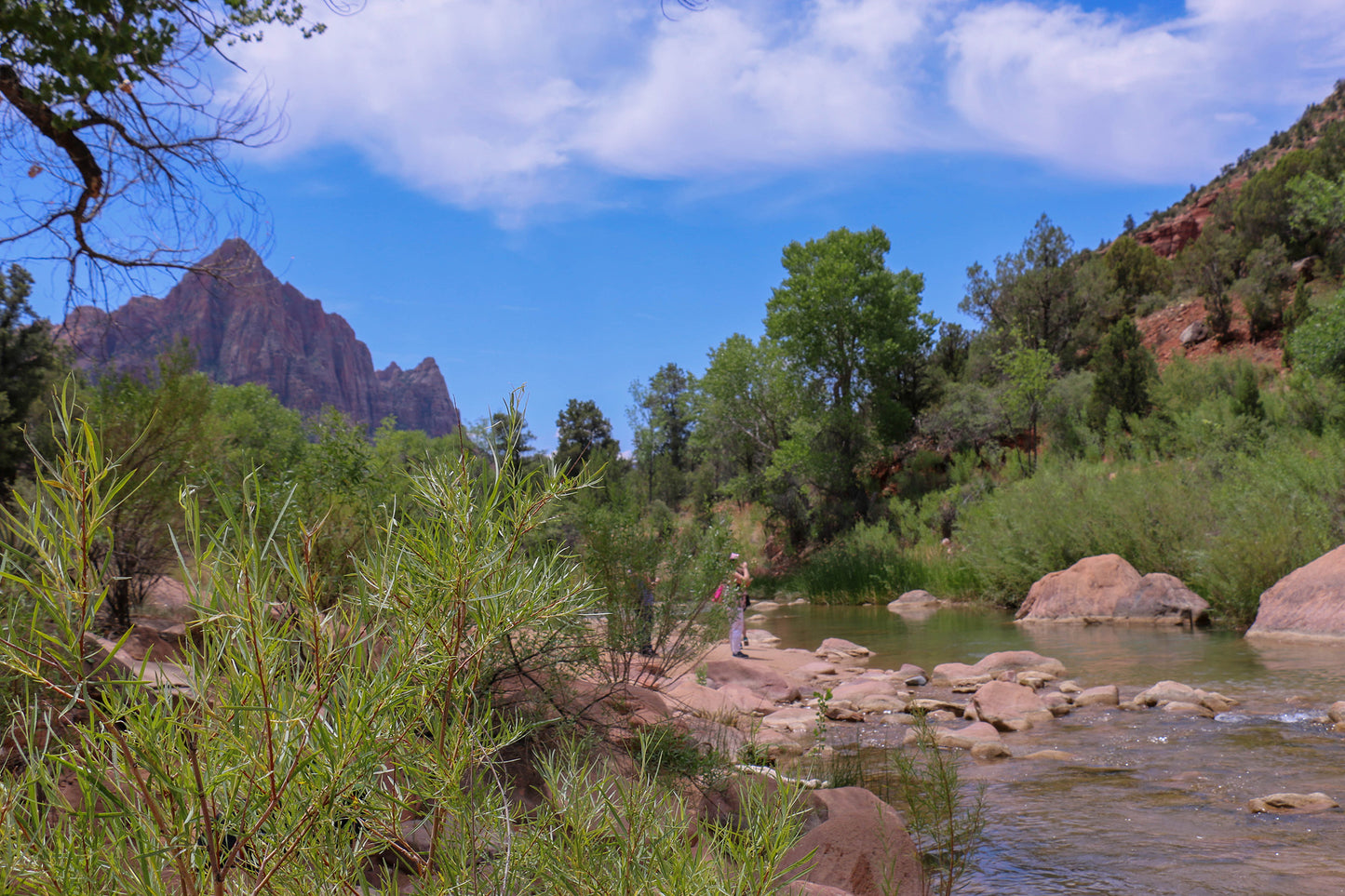The National Park Service (NPS) is an agency of the United States federal government that manages all national parks, many national monuments, and other conservation and historical properties. It was created on August 25, 1916, by an act of Congress known as the National Park Service Organic Act. This act established the NPS as a bureau within the Department of the Interior and charged it with the responsibility of conserving the natural and cultural resources of the nation's parks and ensuring their enjoyment by future generations.
Why was the National Park Service created?
Prior to the establishment of the NPS, the management of national parks and monuments was fragmented and inconsistent. Some parks were under the control of the War Department, while others were managed by the Department of Agriculture. This lack of centralized management led to a lack of coordination and a failure to adequately protect and preserve these natural and cultural treasures.
The creation of the NPS was a response to the growing recognition of the need for a unified approach to the management of national parks. The Organic Act sought to address this issue by consolidating the management of all national parks and monuments under a single agency, the NPS.
Who were the key figures in the creation of the National Park Service?
Several key figures played a significant role in the creation of the National Park Service. One of the most influential figures was Stephen Mather, a wealthy businessman and conservationist who became the first director of the NPS. Mather's passion for the preservation of natural and cultural resources, combined with his organizational skills and political connections, were instrumental in the establishment of the NPS.
Another important figure was Horace M. Albright, who served as the assistant director and later the second director of the NPS. Albright played a crucial role in the early development of the agency and was instrumental in expanding the number of national parks and monuments under its jurisdiction.
What impact did the National Park Service have?
The creation of the National Park Service had a profound impact on the conservation and preservation of the nation's natural and cultural resources. Since its establishment, the NPS has grown to oversee more than 400 units, including national parks, monuments, historic sites, and other protected areas.
The NPS has been successful in its mission to preserve and protect these areas for future generations. It has implemented various conservation and preservation programs, including habitat restoration, wildlife management, and historic preservation. The NPS also plays a crucial role in educating the public about the importance of these natural and cultural resources and promoting their enjoyment and appreciation.
Today, the National Park Service is recognized as a global leader in the field of conservation and preservation. Its efforts have not only protected and preserved some of the most iconic landscapes and cultural sites in the United States but have also inspired similar initiatives around the world.
Conclusion
The creation of the National Park Service was a significant milestone in the history of conservation and preservation in the United States. It brought together the management of national parks and monuments under a single agency, ensuring their protection and enjoyment for future generations. Thanks to the efforts of the NPS, these natural and cultural treasures continue to be preserved and cherished, allowing us to connect with our history, appreciate the beauty of nature, and learn about the importance of conservation.



















































